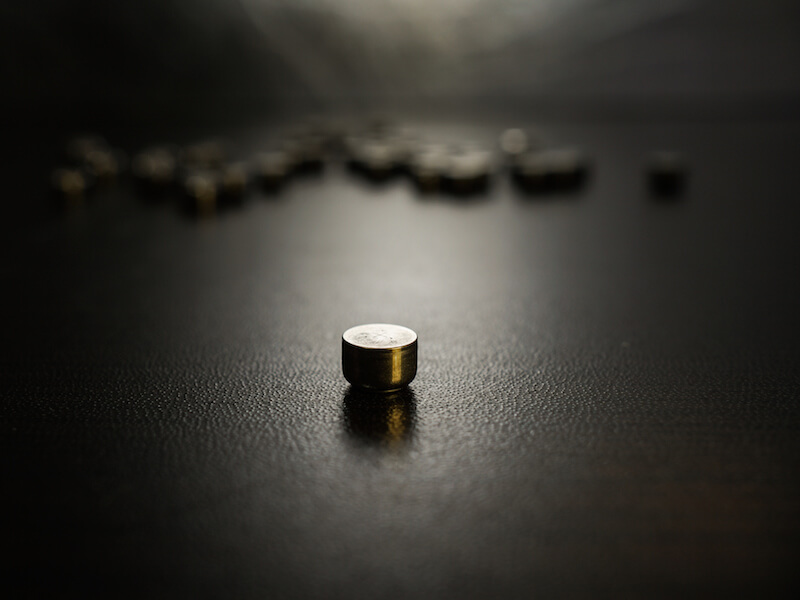
From phones to cameras to music players, how we power our electronics has advanced. A robust, rechargeable hearing aid battery is finally living up to the hopes of hearing aid makers to replace the antiquated disposable power sources of the past.
Disposable hearing aid batteries have traditionally been the power source of choice among manufacturers, with size 312 batteries serving as one of the more prevalent battery types. Today, the most popular version of these batteries is generally known as a “zinc-air” battery.
The Downside to Disposable Hearing Aid Batteries
As the name would indicate, a zinc-air battery is impacted by the presence of air. The user needs to tear a little tab off the back of a 312 zinc-air battery in order to activate it.
They will begin draining power the moment they are completely oxygenated. So the power is depleting even if the user isn’t actively using it.
The biggest drawback to disposable batteries, for most users, is how short they last. Some reports have cited the standard life expectancy of a size 312 disposable battery to be from 3 and 12 days, which means users may have to replace their batteries about 120 times per year.
That also means users may need to purchase 120 batteries, spend the time twice every week to change them, and properly dispose of each. From a cost perspective alone, that likely equates to over $100 in battery purchases.
Rechargeable battery Improvements
Fortunately, for hearing aid wearers looking for another approach, there have been profound developments to rechargeable hearing aids that now make them a feasible choice.
The vast majority of individuals would use rechargeable hearing aids if given a choice according to some research. Until now these models have historically struggled to provide a long enough charge to make them practical. But today’s rechargeable batteries will last all day without requiring a recharge.
Users won’t see significant cost savings by switching to rechargeable batteries, but where they will see a demonstrated improvement is in quality of life.
These modern models provide less frustration on top of maintaining a 24 hour charge because the user doesn’t deal with the burden of constantly changing out the batteries. Instead, they just need to pop out the battery and put them in a convenient tabletop charger.
A disposable battery nearing the end of its life simply can’t operate at full capacity. And you can’t determine how near the battery is to failing. So the batteries might die at the exact moment that a user needs them the most which might even put them in danger. Not only is this a safety hazard, but users may miss out on significant life moments due to a dead battery.
Hearing Aids Come in Different Types
There are unique benefits to each of the different materials that rechargeable batteries are constructed from. The ability to maintain a charge for 24 hours is one reason why integrated lithium-ion batteries are one worthwhile option that manufacturers provide. You may be surprised to know that this same type of technology is what charges and powers your cellphone.
Another kind of contemporary rechargeable battery is a silver-zinc. This innovative approach was initially developed for NASA’s Apollo moon missions. With this technology, even your current hearing aids can most likely be upgraded to run on rechargeable batteries. These batteries, like lithium-ion, will also last all day before needing to be recharged.
Some models even allow you to recharge the battery without removing it. For these, users will slip the entire hearing aid on a charging station when they sleep or during another time when the hearing aid isn’t in use.
Whichever solution you decide on, rechargeable batteries will be substantially better than disposable batteries. You just have to do some research to decide which option is best for your needs.
Take a look at our hearing aid section if you’re searching for more information about what battery would be best for you or any other info about hearing aids.
